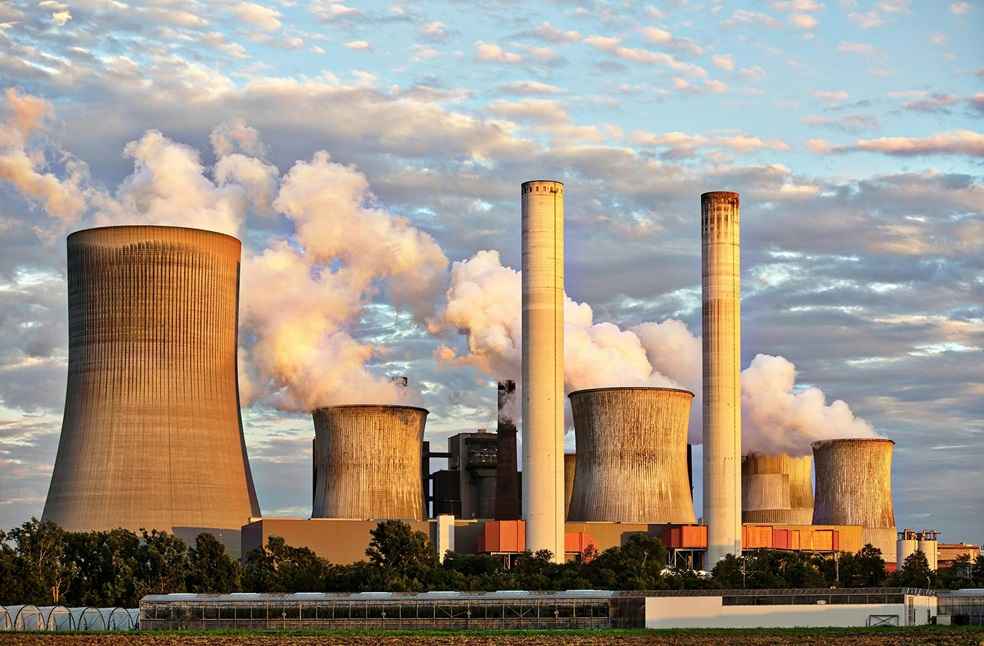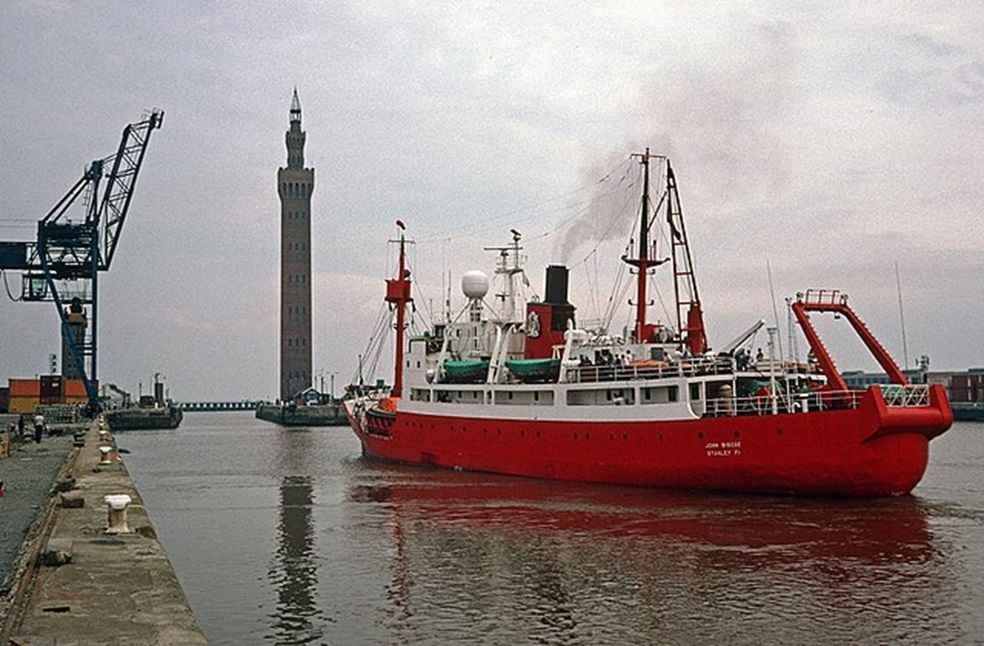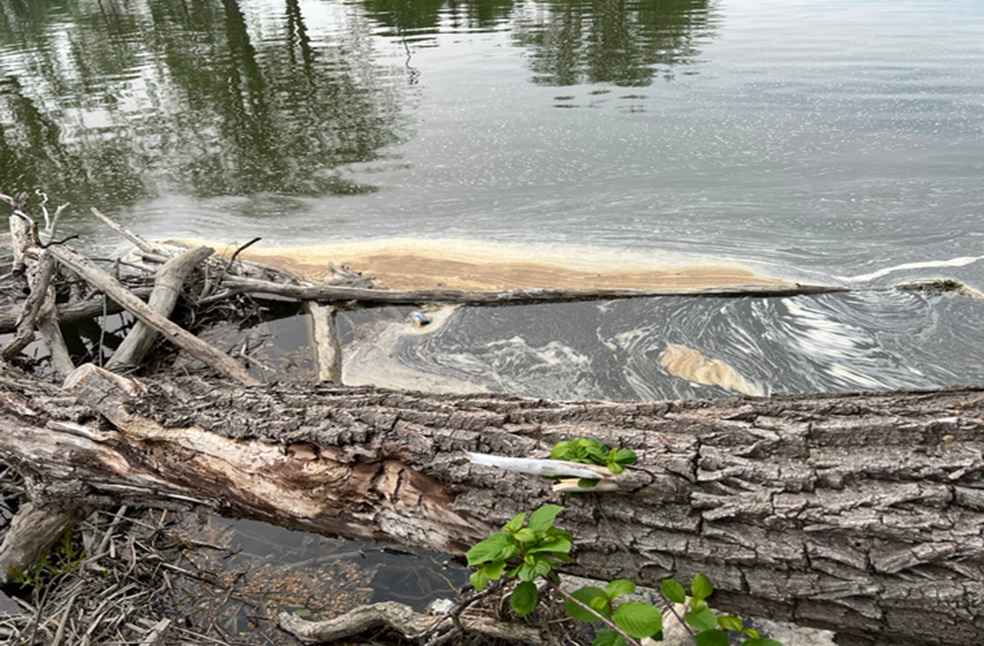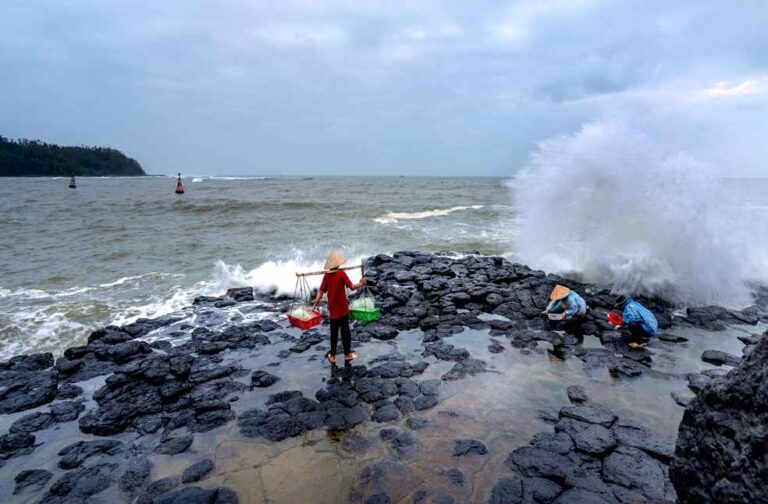Sweden: New research has found that ocean waves crashing on the world’s shores emit more PFAS into the air when compared to the world’s industrial polluters. This discovery raised concerns about environmental contamination and human disclosure along coastlines.
The study calculated ranks of per- and polyfluoroalkyl substances (PFAS) discharged from the bubbles that burst when waves smash, spreading aerosols into the air. It found that sea spray levels were hundreds of thousands of times more increased than levels in the water.
According to Ian Cousins, a researcher at Stockholm University and the lead author of a recent study, the impure spray is likely to pollute groundwater, surface water, vegetation, and farming products along the coastlines, even if they are outlying from industrial bases of PFAS. The analysis also indicates that the sea can be a significant origin of PFAS air emissions that could impact the coastline.

PFAS are a category of 15,000 chemicals used across dozens of enterprises to create products resistant to water, stain and heat. Though the combinations are extremely effective, they are also related to cancer, kidney illness, birth defects, lowered immunity, liver issues and a range of further severe conditions.
They are anointed ‘forever chemicals’ because they do not inherently damage down and are highly portable once in the environment, so they continually drive via the ground, water and air. PFAS are caught in all corners of the world, from penguin eggs in Antarctica to polar bears in the Arctic.
Researchers in Stockholm uncovered that PFAS emitting from ocean waves and joins the air around shorelines many years ago. These chemicals can transit thousands of kilometres through the air before dropping back to the ground.

The latest research tested ocean samples between Southampton in the United Kingdom and Chile to count the levels of PFAS in sea spray induced by waves slamming. The study found that the grades of these chemicals were higher in the northern hemisphere, generally due to more industrialisation and less water blending across the equator.
The impact of harmful chemicals on human exposure is still unknown. Further research is required to determine the amount of chemicals breathed in through inhalation and air concentrations. Analyses showed a connection between higher PFAS levels in vegetation models and closeness to the ocean. Parallel research is being embarked on by Cousin’s team.

As per his findings, the strength of the chemicals is surfactants that can accumulate on the water surface. This demonstrates how they travel from the ocean to the air and atmosphere. Initially, it was believed that PFAS would simply dissipate once they entered the ocean. However, they tend to cycle around and return to land, and this cycle could potentially continue for a long time in the future.



